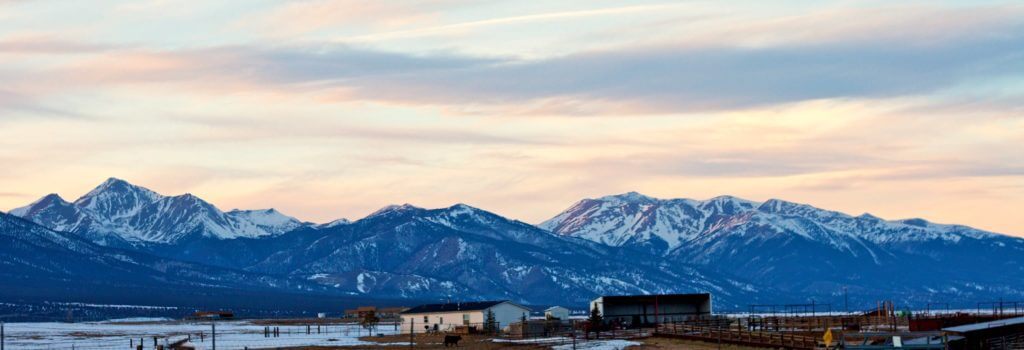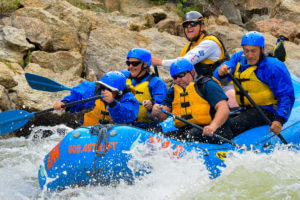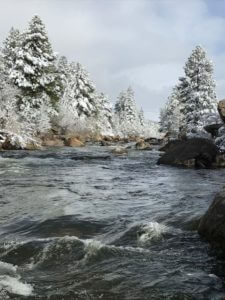We have seen an amazing amount of snow this winter! Its impact is going to be recognizable for the entire rafting season. Expect big splashes, fast water and incredible memories through to September, but we are watching April very carefully.
Most people are surprised at how important the month of April is to Colorado whitewater rafters. Truth is, it can be the most important month in determining the amount of water expected for the upcoming rafting season.
Colorado’s rivers rely primarily on snow melt and not rainfall for their water. Therefore, the total snowfall accumulated over the course of winter has a big influence over the rafting season. More snow typically means higher water at peak flows and a longer rafting season – which is exactly what we are looking at this summer.
As we look at Colorado’s Rocky Mountains, we can tell that the snow pack for this season looks very good. However, there are a few more contributing factors. Winter temperatures determine the elevation that snow is preserved at, how much moisture is contained in the snow matters, and how it melts in the spring all contribute to Colorado’s whitewater rafting forecast.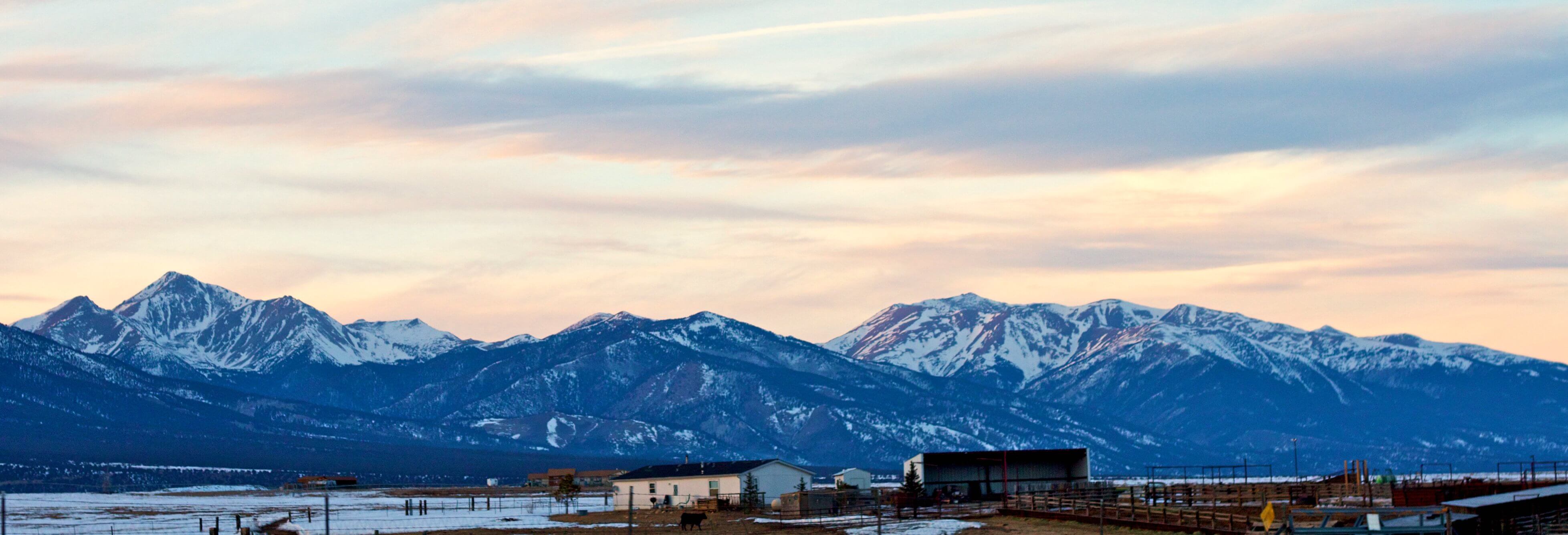
Colorado’s winter weather can fluctuate. Our highest elevation temperatures stay well below freezing until the spring and our low elevation temperatures are typically well above freezing.
A slightly colder winter may be able to preserve snow down to an elevation of 7,000 or 8,000 feet above sea level, whereas a warmer winter may result in snow that accumulates and lasts until spring down to 9,000 or 10,000 feet above sea level. This difference can be substantial to the overall total snow, ready to melt come springtime.
The amount of moisture contained in the snow itself also plays a role. We refer to this as “Snow Water Equivalent.” A cold snowstorm that dumps a couple feet of snow may only melt down to less than an inch of water. However, a warmer, moisture-rich, one foot snowstorm might produce over an inch of water when melted. Therefore, not just snow depth, but also the “Snow Water Equivalent,” affects the amount of water produced from melting snow.
Lastly, April’s weather has arguably the greatest impact on the eventual runoff from melting snow. Since April in Colorado can be very warm and dry, it can devastate a good snow pack due to evaporation, before its melt off even reaches the rivers.
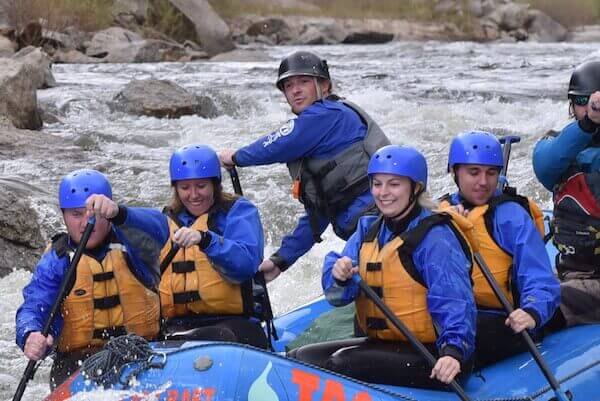
A cold or even snowy April has the potential to significantly add to Colorado’s snow pack.
Therefore, April can be the most influential month to determining the amount of water filling our rivers and forecasting Colorado’s whitewater rafting season.
For more information about Colorado’s weather, snowfall, eventual runoff, and the best whitewater rafting with unique, top-quality features, check out TheAdventureCompany.com.
